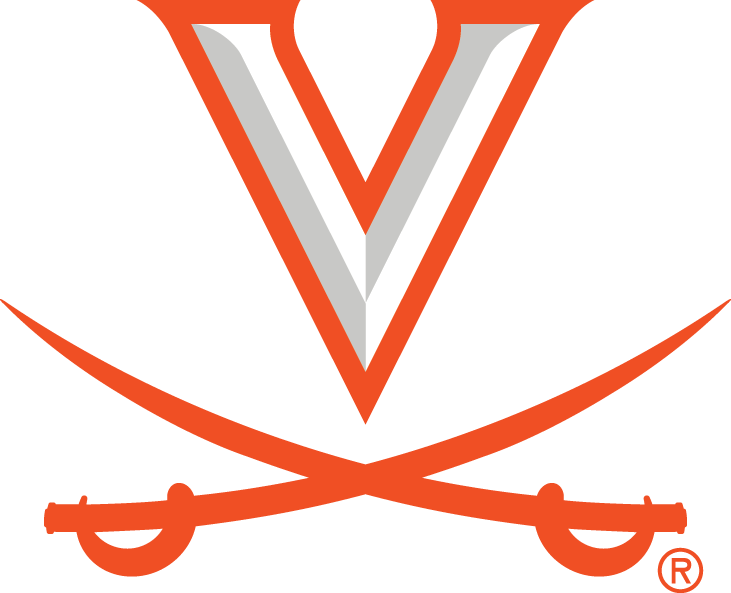By Jeff White (jwhite@virginia.edu)
VirginiaSports.com
CHARLOTTESVILLE, Va. — Depending on when, or if, the proposed House settlement goes into effect, the limit might be raised in the coming months. For now, though, University of Virginia head football coach Tony Elliott is planning to have 85 scholarship players, the maximum an FBS program is currently allowed, on his roster this year.
At least 45 percent of them will be new to the program. With more additions likely to come in the spring, UVA has signed 38 players since the end of last season. Nineteen of them were high school seniors in 2024, and the other 19 are transfers who were in college programs last season.
Six members of the first group enrolled at the University last month, as did all 19 of the transfers. At the Hardie Center, Elliott met with media members Wednesday afternoon to discuss the transfer class. Before taking questions, however, Elliott noted that the generous support of donors gave the Cavaliers significantly more NIL resources than in previous years and enabled them “to get into some conversations that we may not have been able to get into before.”
The football program received two multi-million dollars gifts from anonymous donors in December. Moreover, the Cavaliers moved into the Hardie Center last summer, and that’s been another selling point.
Elliott, who’s heading into his fourth season at UVA, said it’s “been a crazy last couple months, different than I’ve ever seen in college football. But I’m very grateful that this staff had the support to be able to go out and just navigate and compete. Obviously we’re aware that we got a couple of major gifts that really, really changed the landscape for us. To the individuals and the folks that are part of that, I just want to say thank you, on behalf of my staff and also the team, because I think the ones that feel the biggest impact are the young men in this program.
“To have an opportunity to go out and show we’re serious at the University of Virginia in terms of football being successful and being provided an opportunity to be able to do that, I’m very, very grateful and appreciative.”
Elliott singled out athletic director Carla Williams, UVA president Jim Ryan and UVA rector Robert Hardie for supporting the program, as well as “everybody behind the scenes … I want to let those individuals know how grateful we are. A lot of work to get to where we are today, but we still got a lot more [to do]. I think everybody is in a good space to just continue to move forward.
“I think the vision of the program is really starting to come to life. I shared that with the staff. When we look at where we were three years ago and where we are today, I think it’s just confirmation of the hard work, but then also the belief and the vision of what’s ahead.”
Our full 2025 National Signing Day Class
Welcome to Charlottesville 🔷⚔️🔶 #NSD25#UVAStrong | #GoHoos ⚔️ pic.twitter.com/iAkzKzXiVM— Virginia Football (@UVAFootball) February 5, 2025
When the Wahoos’ season ended in late November, Elliott said, the coaching staff focused first on retaining players already in the program. Then the coaches looked to add newcomers, trying to “balance it out the best we can in terms of high school acquisition and then also portal acquisition,” Elliott said.
Two of the transfers played in the College Football Playoff championship game last month: defensive end Mitchell Melton for Ohio State and wide receiver Jayden Thomas for Notre Dame.
“They’re bringing culture as well [as talent],” Elliott said. “They’re coming from winning cultures to continue to add to the one that we’re building here.”
Bolstering both lines was a priority, and the transfers include four offensive linemen who have 101 college starts among them: Monroe Mills (Louisville), Kevin Wigenton II (Illinois), Brady Wilson (UAB) and Tyshawn Wyatt (JMU). Transfers on the other side of the ball include defensive linemen Fisher Camac (UNLV), Jacob Holmes (Fresno State), Cazeem Moore (Elon), Hunter Osborne (Alabama) and Melton.
Elliott said he’s long believed that “in constructing a team, you’ve got to do it from the inside-out. It starts in the trenches, not only from a play standpoint, but from a leadership standpoint as well. I’ve referenced the teams that I’ve been a part of that have had a ton of success. It was because they were led up front. That’s what I’m excited about … not just the depth but also the opportunity to bring experience and competition, which hopefully will foster leadership that will carry us to where we want to go.”
Virginia allowed 47 sacks last season. Only two ACC teams—Florida State (49) and Cal (50)—gave up more. The Cavaliers’ tepid pass rush was another factor in their 5-7 record. Among ACC teams, only Georgia Tech (18) recorded fewer sacks than UVA (19) in 2024.
The Hoos’ returning defensive ends include Terrell Jones, Jewett Hayes, Chase Morrison, Billy Koudelka and Mekhi Buchanan, an intriguing prospect who missed last season with an injury. All should be improved, Elliott said. The transfers include three players listed as ends: the 6-foot-7, 250-pound Camac, the 6-foot-4, 261-pound Melton, and the 6-foot-5, 255-pound Moore.
“From an overall standpoint, I think we’ll improve,” Elliott said. “We got longer …I think we picked up more of a true potential pass-rush specialist kind of guy. I think we got more flexibility, versatility and depth, which creates competition, which hopefully leads to more production.
“I think also, too, the additions on the inside give us some depth. When you can push the pocket from the inside, it’s very helpful, as well.”
